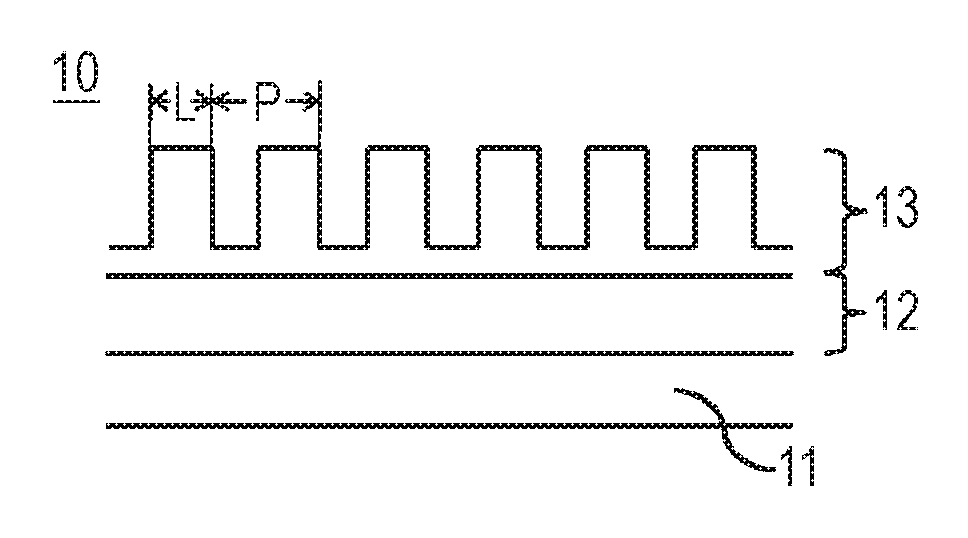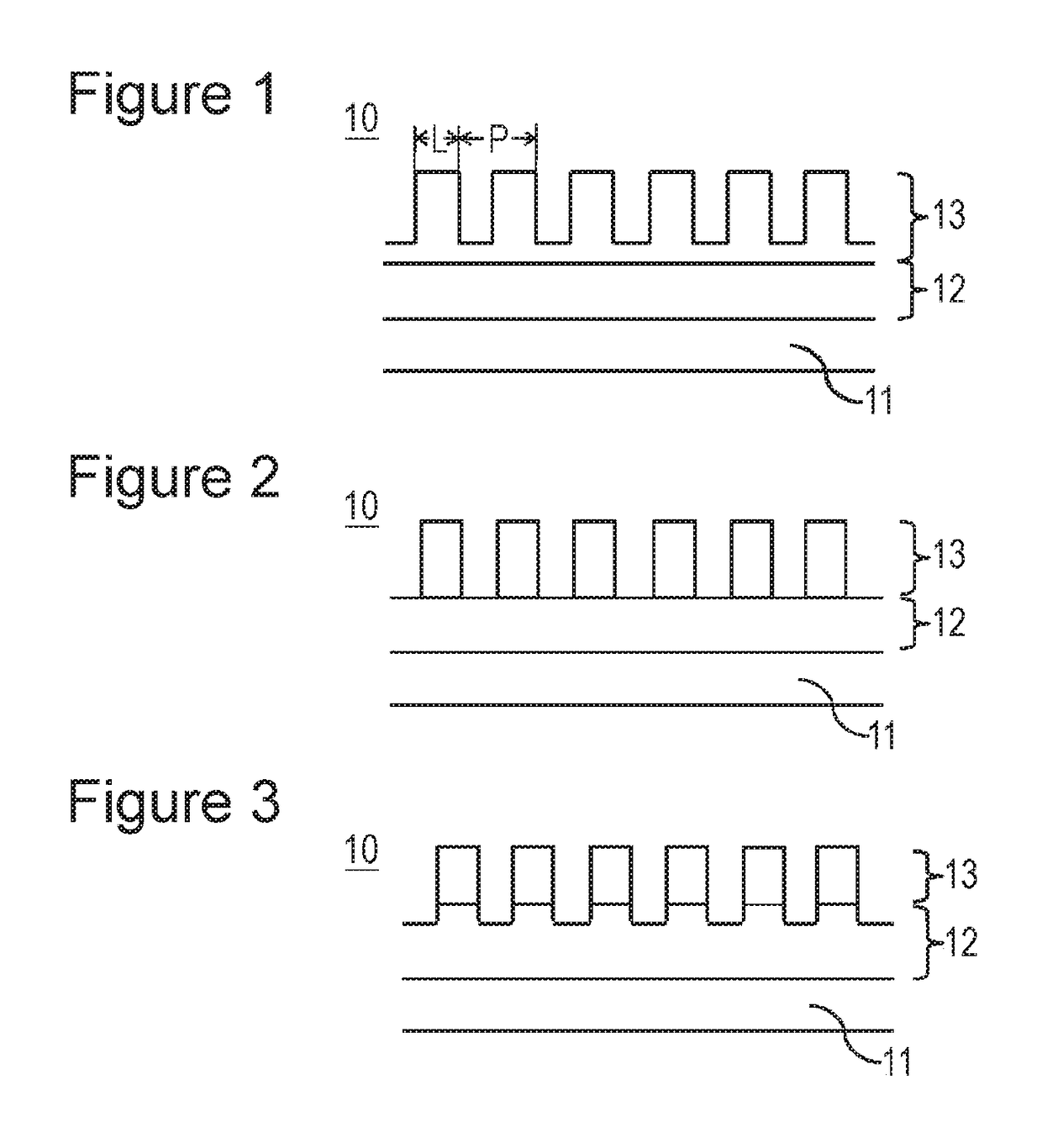Negative electrode for nonaqueous electrolyte secondary batteries
a technology of negative electrodes and secondary batteries, which is applied in the direction of positive electrodes, electrochemical generators, cell components, etc., can solve the problems of deteriorating charge/discharge cycle characteristics and decrease of current collection in the electrode, and achieve excellent cycle characteristics and high initial charge/discharge efficiency
- Summary
- Abstract
- Description
- Claims
- Application Information
AI Technical Summary
Benefits of technology
Problems solved by technology
Method used
Image
Examples
examples
[0046]The present invention is described below in detail with reference to examples. The present invention is not limited to the examples. Modifications can be appropriately made without departing from the gist of the present invention.
experiment 1
(Preparation of Negative Electrode)
[0047]SiOx particles (x is 1.0) surface-coated with amorphous carbon, a graphite powder, and a binder precursor solution (a mixture of a polyamic acid resin which is a precursor of a polyimide resin and N-methylpyrrolidone (NMP) serving as a dispersion medium) were mixed together, whereby first mix slurry was prepared. The first mix slurry was applied to a current collector. The average size of the SiOx particles was 5 μm. The average particle size of the graphite powder was 3 μm. The mass ratio of the SiOx particles to the graphite powder to a negative electrode binder (which was obtained in such a manner that NMP was removed by drying the binder precursor solution and the binder precursor solution was subjected to a polymerization reaction and an imidization reaction) was 89:4:7. The negative electrode current collector used was 18 μm thick copper alloy foil (C7025 alloy foil with a composition of 96.2% by mass Cu, 3% by mass Ni, 0.65% by mass Si...
experiment 2
[0059]Battery B1 was prepared in substantially the same manner as that used in Experiment 1 except that a negative electrode including a base portion and pillar portions placed on the base portion was prepared in such a manner that no first mix layer slurry was used and second mix layer slurry was applied to a current collector so as to be in contact with the current collector. The mix density of a mix layer of Experiment 2 was 0.7 g / cm3 and the thickness thereof was 28 μm per surface. Incidentally, the capacity of the negative electrode of Experiment 2 was adjusted so as to be equal to the capacity of the negative electrode of Experiment 1.
[0060]Batteries A1 and B1 were charged and discharged under conditions below and the initial charge / discharge efficiency given by Equation (1) below and the 50th-cycle capacity retention given by Equation (2) below were investigated. Investigation results are shown in Table 1.
(Charge / Discharge Conditions)
[0061]Charge conditions in first cycle
[006...
PUM
| Property | Measurement | Unit |
|---|---|---|
| thickness | aaaaa | aaaaa |
| thickness | aaaaa | aaaaa |
| thickness | aaaaa | aaaaa |
Abstract
Description
Claims
Application Information
 Login to View More
Login to View More - R&D
- Intellectual Property
- Life Sciences
- Materials
- Tech Scout
- Unparalleled Data Quality
- Higher Quality Content
- 60% Fewer Hallucinations
Browse by: Latest US Patents, China's latest patents, Technical Efficacy Thesaurus, Application Domain, Technology Topic, Popular Technical Reports.
© 2025 PatSnap. All rights reserved.Legal|Privacy policy|Modern Slavery Act Transparency Statement|Sitemap|About US| Contact US: help@patsnap.com


